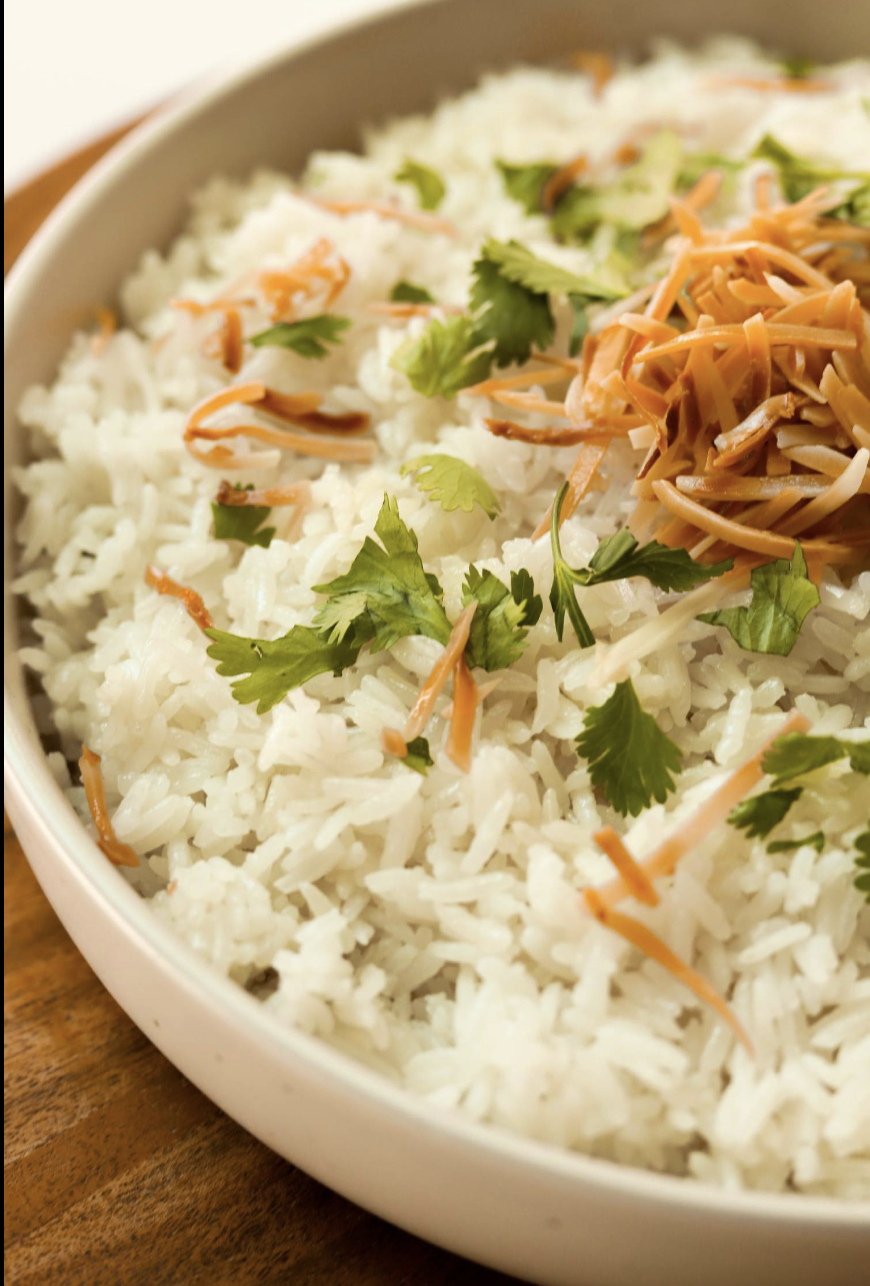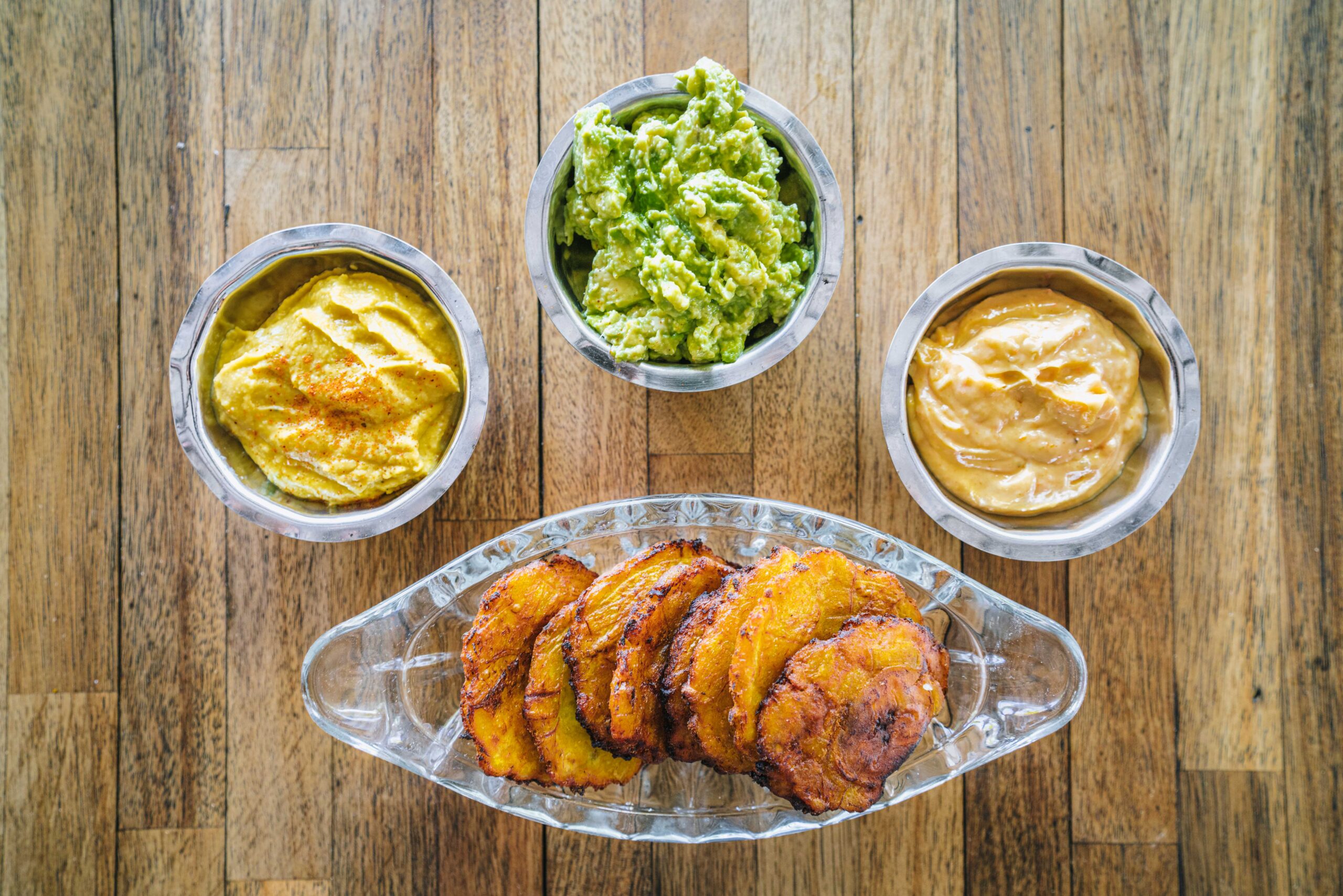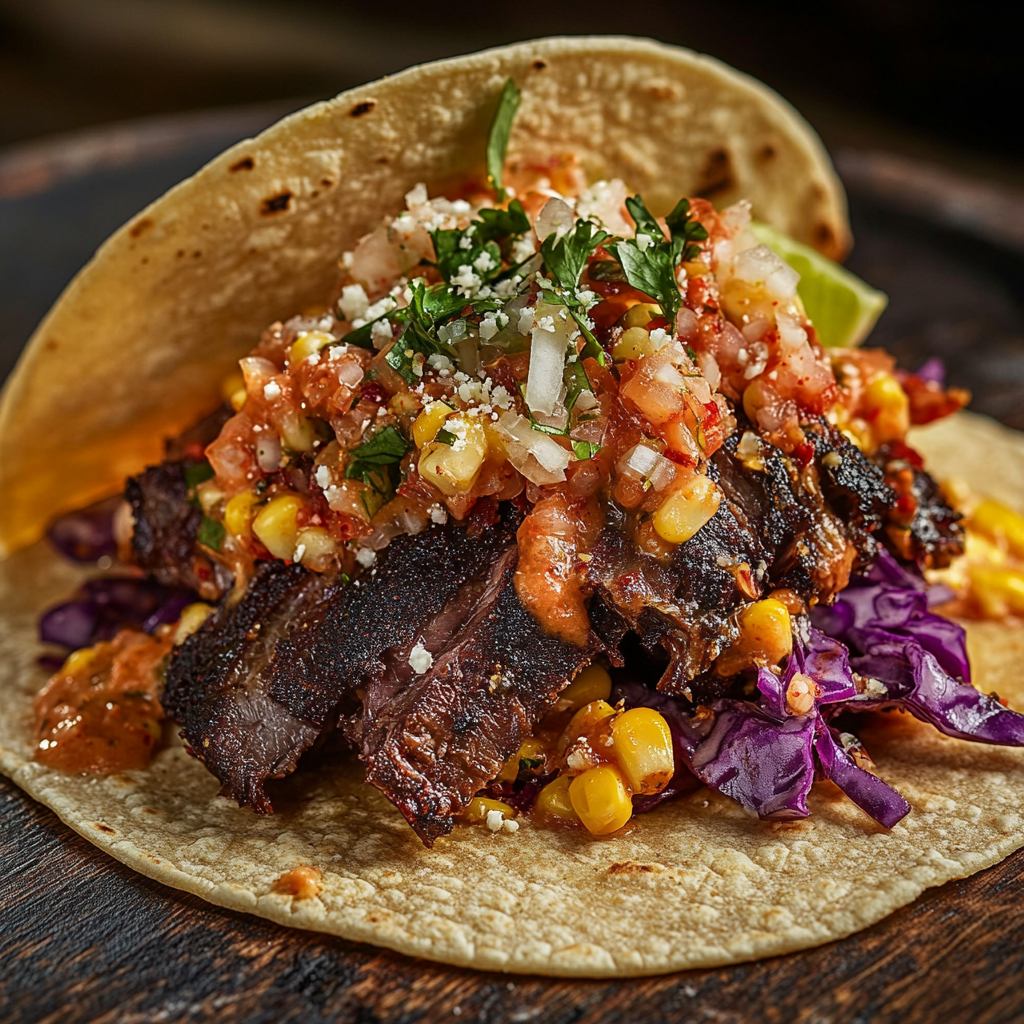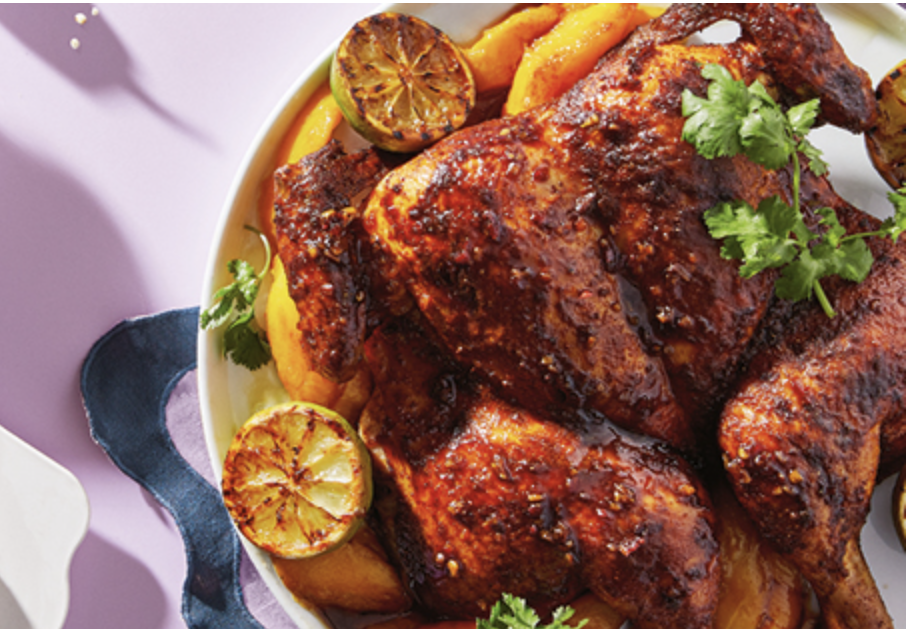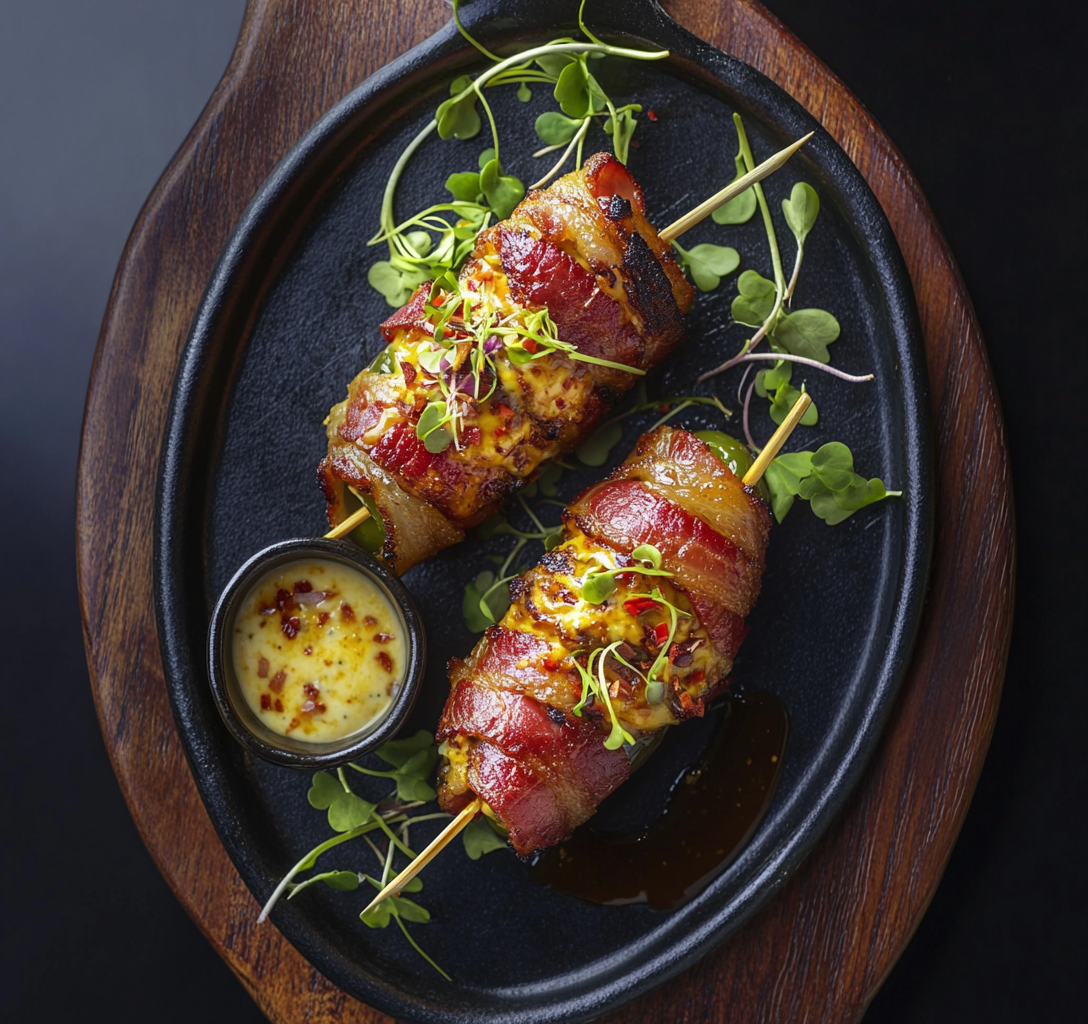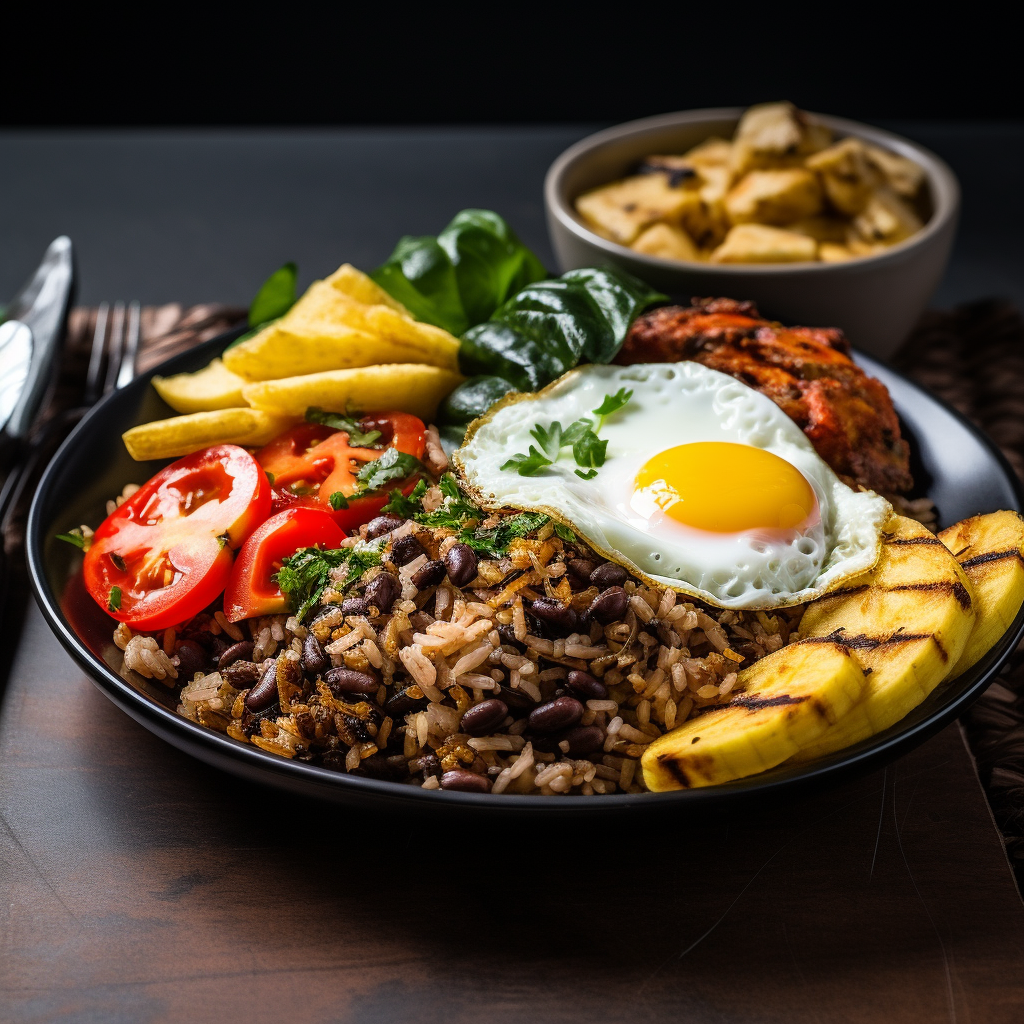Costa Rica, a land of lush rainforests, pristine beaches, and abundant biodiversity, is not only a feast for the eyes but also a paradise for the taste buds. At the heart of Costa Rican cuisine lies a beloved dish known as "Gallo Pinto." More than just a plate of rice and beans, Gallo Pinto is a cultural icon that reflects the essence of this Central American gem's culinary heritage.
Gallo Pinto, which translates to "spotted rooster," is a staple of Costa Rican breakfasts and a dish that holds a special place in the hearts of locals. At its core, Gallo Pinto is a simple combination of rice and black or red beans, yet its magic lies in the flavorful and aromatic blend of spices, herbs, and other ingredients that elevate it to culinary excellence.
The dish typically includes finely cooked rice, beans, onions, bell peppers, cilantro, and a hint of Lizano sauce—a uniquely Costa Rican condiment that adds depth and richness to the flavor profile. It's the perfect harmony of these elements that gives Gallo Pinto its distinctive taste, making it a go-to comfort food for Costa Ricans across the country.
In Costa Rica, breakfast is more than just a meal; it's a ritual. Gallo Pinto takes center stage on breakfast tables, often accompanied by fried or scrambled eggs, a side of plantains, and fresh farmer cheese. The combination provides a satisfying and energy-packed start to the day, whether you're a local heading to work or a traveler eager to immerse yourself in the Costa Rican way of life.
Gallo Pinto is more than a dish; it's a cultural emblem deeply rooted in the history and traditions of Costa Rica. Its origins trace back to the blending of indigenous, Spanish, and African culinary influences that have shaped the country's culinary landscape. While the basic components remain consistent, each region and household may add its unique twist, creating a kaleidoscope of Gallo Pinto variations.
Costa Rican cuisine extends far beyond the boundaries of Gallo Pinto, embracing a rich tapestry of flavors and ingredients. The country's geographical diversity—from the coastlines to the mountains—contributes to a variety of dishes featuring fresh seafood, tropical fruits, and locally sourced produce.
Casados, a traditional lunch dish, showcases the diversity of Costa Rican cuisine. It typically includes rice, beans, meat (such as chicken, beef, or fish), salad, and plantains—a balanced and hearty meal that mirrors the country's commitment to fresh and wholesome ingredients.
For those seeking a snack or street food experience, try "Patacones," twice-fried green plantains often served with black bean dip or guacamole. These crispy delights provide a delightful contrast to the soft and savory Gallo Pinto.
Costa Rican cuisine is not just about nourishment; it's a celebration of life—a manifestation of the country's "Pura Vida" lifestyle. This phrase, meaning "pure life" or "simple life," encapsulates the Costa Rican approach to enjoying the richness of life's experiences. Whether you're savoring the comforting spoonfuls of Gallo Pinto or indulging in the diverse flavors of Casados, every bite is an invitation to embrace the simplicity, joy, and purity that define Costa Rican culture.
In conclusion, Costa Rican cuisine, with its star player Gallo Pinto, is a journey through the heart of the country's traditions and flavors. It invites both locals and visitors to savor the unique blend of ingredients, appreciate the cultural influences, and embrace the pura vida spirit that makes every meal in Costa Rica a delightful and memorable experience.

